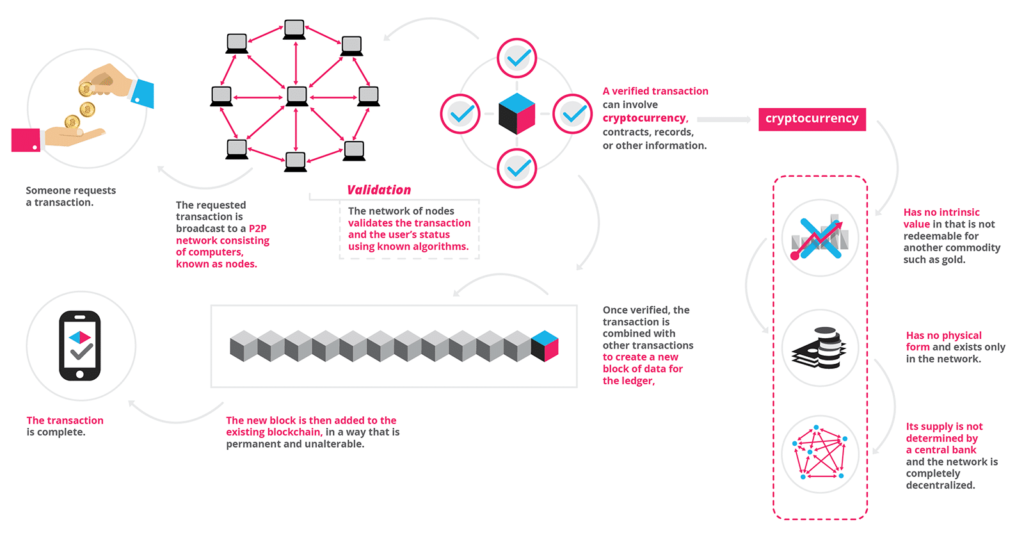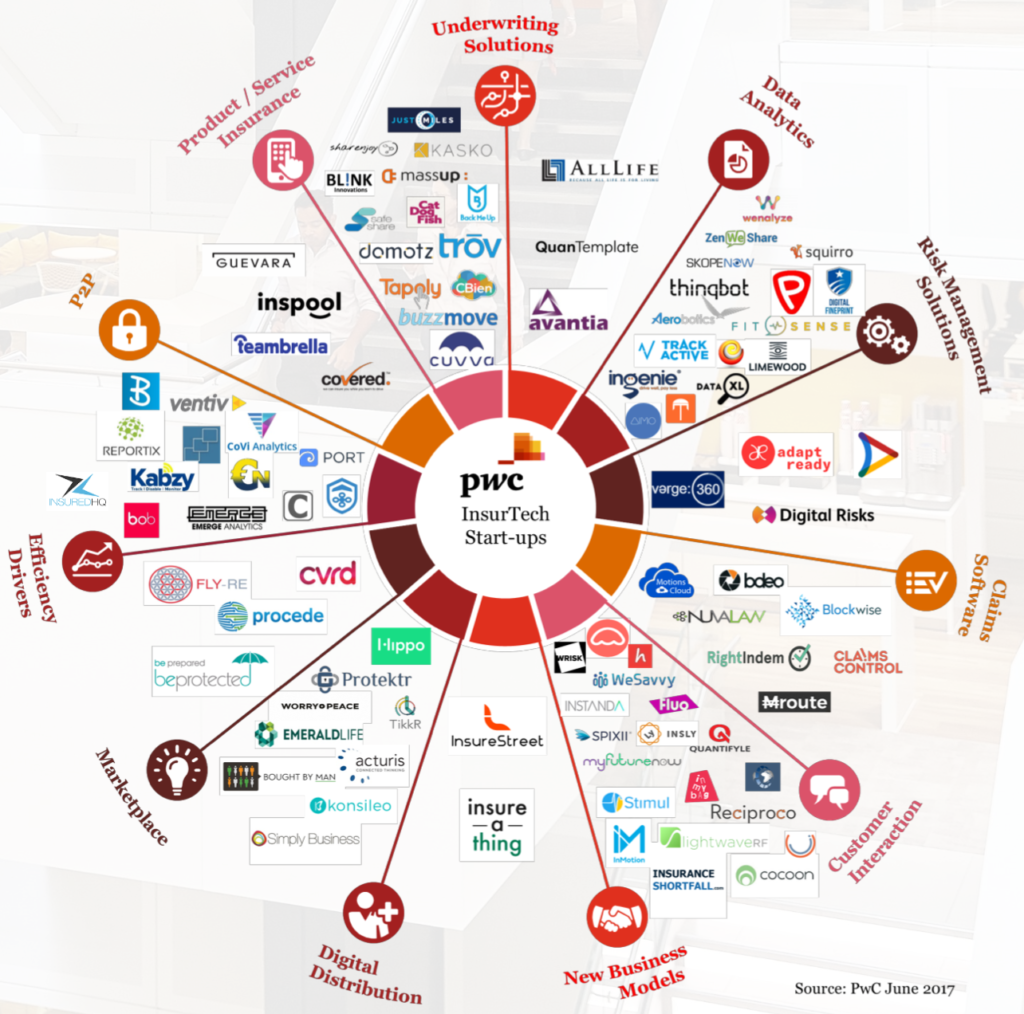The post Blockchain is already shaking things up… appeared first on The Digital Journal.
]]>
Courtesy: Blockgeeks
The post Blockchain is already shaking things up… appeared first on The Digital Journal.
]]>The post Insurtech: PWC presents – Reinventing Insurance, one step at a time appeared first on The Digital Journal.
]]>Its really when you see the new startups on chart form that the volume of new businesses become apparent and the degree of change that is underway. Some of the new business like Trov, which is becoming a well known tech insurance brand offering on demand insurance via your mobile phone. Its easy to use and seems overly simple. A number of use case studies already indicate that their biggest challenge to get people on board is to the trust and engagement of users who will find it well to easy, almost too easy which casts some doubt on the model altogether.

PWC – InsureTech Startups
The use of Artificial Intelligence has already crept into our everyday lives with applications such as Apple’s Siri, Googles Assistant, Alexa and Microsoft’s Cortana answering questions and performing basic automation to schedule, search, start processes and remind ourselves. PWC calls it Robotic Process Automation (RPA) and they offer a range of functions the insurance industry can learn from such as risk profiling, asking and answering questions by means of launching a new set of processes based on a set of simple answers. The article is correct however when considering a risk of such automation and it can be easy to see a circumstance where a system executes a new set of unwanted processes and is unable to ‘second guess’ itself. This can be anything from purging mass amounts of data to inadvertently sending information outside to another system because it is following a set of programmed processes.
Their assessment of the limitations experienced when running off legacy systems is also very clear with limitations on access to new markets. Of course simply removing such old systems is easier said than done, but the challenges between killing off a legacy system and moving to a new one is often as daunting as starting a new one from scratch. The paper touches on Cyber risk which has catapulted to the forefront of all businesses and this includes protection and mitigation of their own data assets to finding the right insurance product to account for a loss when the risk management processes fail. The insurance industry itself is also moving on this market, sometimes not quickly enough, to deliver new products and packages for this risk as well. The article indicates the rankings of such risks, albeit from a New Zealand perspective, however the changes could easily be applied to the Australian market.
Here is the article NZ InsureTech
The post Insurtech: PWC presents – Reinventing Insurance, one step at a time appeared first on The Digital Journal.
]]>